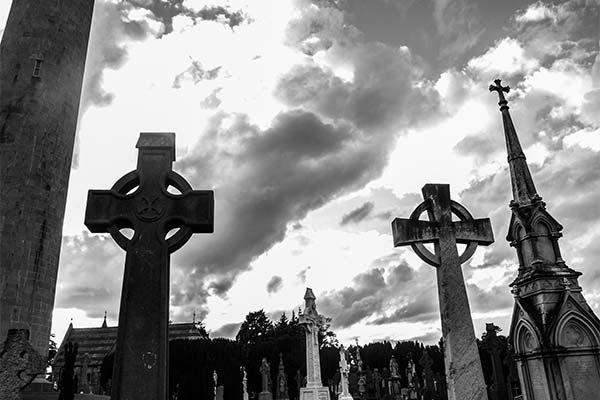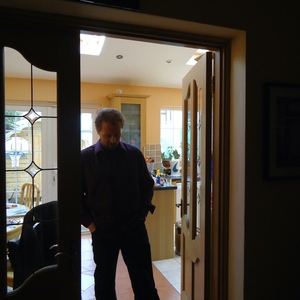 Edward Lee is an artist and writer from Dublin, Ireland. His paintings and photography have been exhibited widely, while his poetry, short stories, non-fiction have been published in magazines in Ireland, England and America, includingThe Stinging Fly, Skylight 47, Acumen and Smiths Knoll. His recent photography collection includesLying Down With The Dead. He also makes musical noise under the names Ayahuasca Collective, Orson Carroll, Lego Figures Fighting, and Pale Blond Boy.
Edward Lee is an artist and writer from Dublin, Ireland. His paintings and photography have been exhibited widely, while his poetry, short stories, non-fiction have been published in magazines in Ireland, England and America, includingThe Stinging Fly, Skylight 47, Acumen and Smiths Knoll. His recent photography collection includesLying Down With The Dead. He also makes musical noise under the names Ayahuasca Collective, Orson Carroll, Lego Figures Fighting, and Pale Blond Boy.
Interview with Edward Lee
By Jennifer Nelson, WTP Feature Writer
Nelson: Please describe your techniques in such digital abstract paintings as “Against the Self” and “Remembrance.” What software did you use to create these works, and are you self-taught?
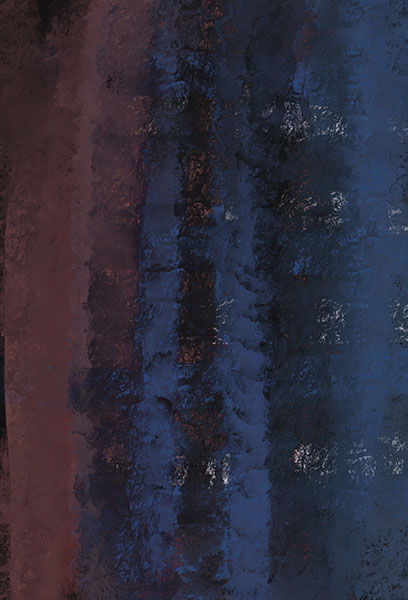
Lee: Yes, I am self-taught, years of trial and error. I usually work with oil paint on canvas, but a smorgasbord of circumstances led me to turn to digital art over the last few years, though I still work with oil pastels on paper, and hope to return to oil paint on canvas next year. I predominately use Photoshop, Corel Painter and Procreate. I road-tested different software and apps and these were the ones I felt most in tune with (I was already familiar with Photoshop through my photography).
For “Against the Self” and “Remembrance,” I originally did some pencil and oil pastel sketches of the two of them before painting them in Procreate. I originally intended to paint them on a canvas, but the two images wouldn’t leave the forefront of my mind, demanding that they be captured somehow.
I was reluctant at first to use digital painting—the feeling of brush on canvas, the slight resistance of the oil paint, is hard to beat—and saw it as no more than a way to sketch ideas. But after dabbling with the above-mentioned software, I now thoroughly enjoy creating in this format; old habits die hard, though, and I rarely will do anything with the software that I would not be able to do with the brush on canvas, with the same applying with photography, not doing anything with the photographs that I cannot do in the darkroom.
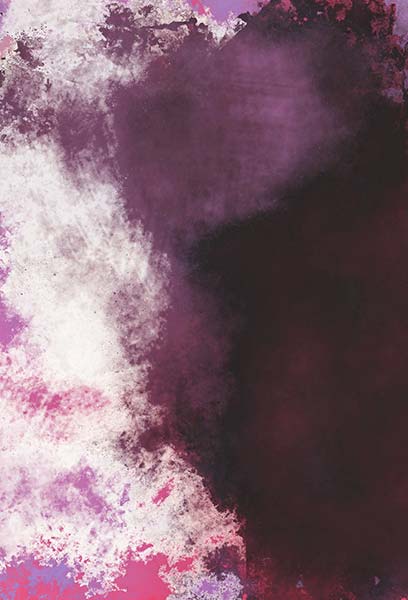
Nelson: How does writing poetry and short stories, as well as creating music, inform your work as a painter and photographer?
Lee: There is certainly a sense of influence between them, with some paintings being inspired by poems, and some music being inspired by paintings or photographs, just as I am inspired by the works of others. But when I am working on a piece of music, or a piece of writing, a painting, all I am thinking about is the piece itself, with no thought given to whatever other projects I may also be working on. I have no doubt there is a considerable amount of crossover in my subconscious, and there are certainly motifs I return to again and again across all my work.
I believe also that my writing lends itself to the storytelling of a painting or a photograph. Here is the image and here is the title, and in those there is a story being told, possibly more so in the paintings than the photographs. In the photographs, I usually use a very generic title, something which basically describes what is in the picture. I believe no more is needed if the photograph is good enough—a story being told by a single image, unless of course there is nothing identifiable in the image, if the photograph is abstract, then a title is needed to guide the viewer into the image, into the story.
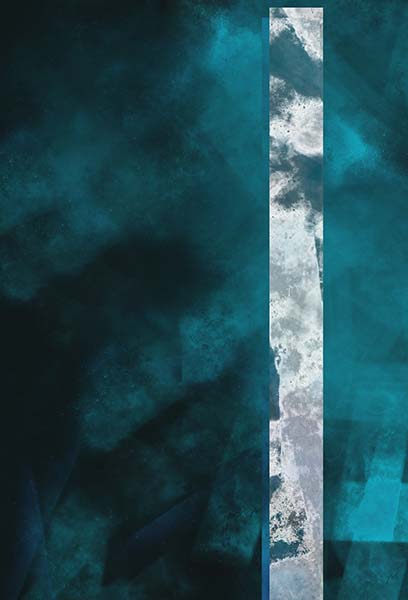
Nelson: How does your painting inform your photography and vice versa—how do you approach each similarly or as entirely different mediums?
Lee: They, to me, are very different mediums. While I am telling some form of story with the two of them, I am telling them differently. The majority of my paintings are abstract and, as I said above, they require a title, to guide the viewer in, and as I am painting I am always conscious of that title and the story I am telling, and as such I need to know what the title and story are before I begin, though of course both the title/story and the painting itself may change from conception to completion, but there does need to be something there at the beginning.
With my photography, I seek the story, while not seeking any particular image—unless I am working on a specific project. I walk around with my camera in my hand allowing my eye to travel freely. For whatever reason, the camera needs to be in my hand or I do not see anything worth taking a picture of, as though the weight and feel of the camera activates whatever part of me takes photographs.
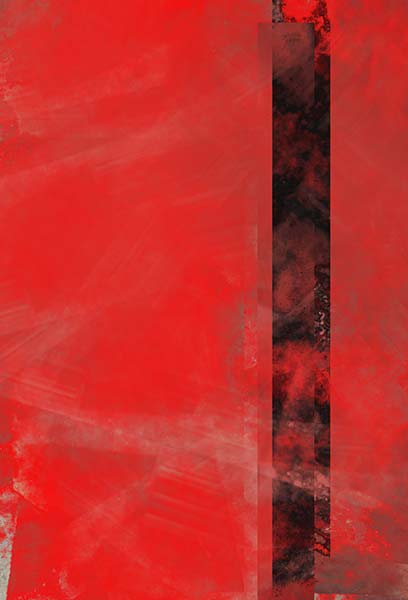
Nelson: What inspired you to take photographs at cemeteries and graveyards in your series Lying Down with the Dead, and why did you focus on images of statues and shoot them in black and white?
Lee: There is a beauty in graveyards and cemeteries, and I don’t mean that in a morbid sense. The stillness, the silence, these vast stretches of memory, where people can come to feel closer to their loved ones. Lying Down with The Dead concerns itself with this beauty, with this stillness and silence, and also, with how our response to death, our view of it, has changed over the years. More and more people are opting to be cremated than buried, and while that has something to do with cost—plots and the headstone do not come cheap—it is also, I believe, a result of more people falling away from a belief in God, in heaven. Most of the photographs are of old graves and statues, the images themselves becoming a form of memory. In the statues, in their faces with a nose missing and eyes covered in moss or entirely erased by decades of seasons, is the perfect metaphor for death and all it represents.
As to why I chose black and white, I have tried color, but it seems to lessen the impact of the photograph, of what those headstones and statues represent. It lends a newness to them that does not sit well.
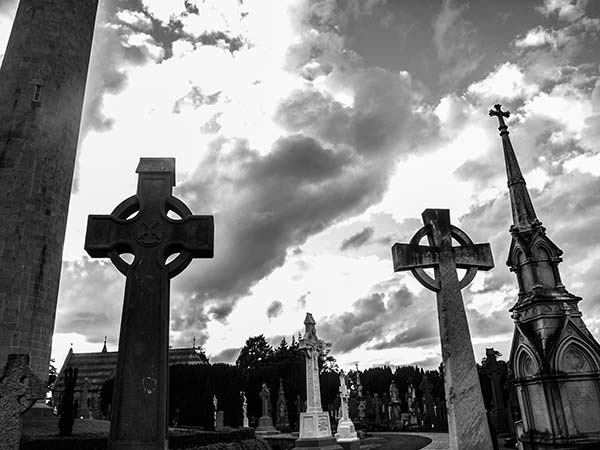
Nelson: Many of your black-and-white and color photographs are of buildings in such places as New York City and Paris. Why are you drawn to urban areas, and to images that feature few people?
Lee: I am obsessed with the straight line of buildings—and the straight line in general, as can be seen in some of my paintings—and wide walls. In them, I see a beauty that it is hard to put into words, the simplicity of them, the solidness of their presence. They are there, they may have been there for decades, centuries even, and they may be there for decades more. They are as full of memory as those stretches of graveyards. I rarely find that simple, forthright beauty in rural areas, though I know of course that it is there, but it is usually not something that attracts my eye. In the urban areas, the empty spaces seem to tell more stories. There are more possibilities in what is not there than what there is when there is someone present. We see a person and we make certain judgements about them, imagine certain things about them, and in doing so, we limit the possibilities. But with empty spaces, with someone possibly about to walk into the frame, or a shadow of someone falling across a wall, the possibilities are almost endless.
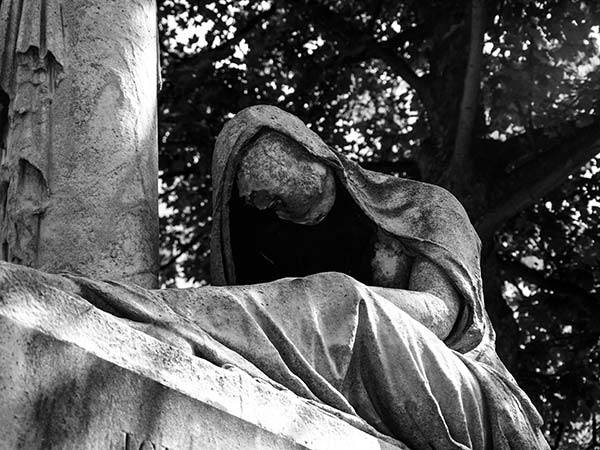
Nelson: How did growing up in Ireland impact your artwork, and what led you to start working as a visual artist?
Lee: I genuinely don’t know if it has, not on any conscious level. I loved to throw from a very young age, and then in my teens, I discovered photography. Like digital painting, I tried different kinds of painting (watercolor, acrylic etc.) and found myself connecting with oil paint. With photography, I began with a point and click camera and could not understand why the photographs were not turning out as I envisioned them, which set me down the path of SLR and years of trial and error, noting down the camera settings for each picture and then comparing the printed picture with the settings.
Nelson: Your series Unfallen features images of vibrant-colored rectangles next to cloud-like shapes in subdued colors. What processes did you use to create this abstraction, and from where did you draw inspiration?
Lee: Again, these were created using Procreate. I am always reluctant to reveal too much about a work. I believe the work and the title should be all you need, especially in visual art. When you come upon a painting or a photograph, it is the first thing you see, the image itself. Then you see the title, and then the name of the artist. From the moment of seeing the image you are inserting yourself in it, reacting to it, making judgments, then when you see the title those judgements might be reshaped, your reaction might change, your shape within it might metamorphize. I would go so far as to say that any explanation from the artist limits the artwork. An artwork, especially an abstract artwork, seen by many people can become many different works of art—one image made manifold—but then the artist gives an explanation, and the artwork becomes less, could even become just the one image.
Saying that now, I am going to contract myself, but in the case of the (Un)Fallen series, some context needs to be given though, of course, in a somewhat abstract way. We, as a species, are forever rebuilding, be it actual buildings, our society, our governments, or parts of our very being, and sometimes we rebuild on broken foundations, which means that this new build will eventually fall again. But we do not let that stop us, so in a sense, while we, and the world around us, are constantly falling, we, and the world around us, are also constantly standing tall.
Nelson: How do you see your art evolving in the future?
Once it evolves, I am happy to follow it where it leads me. Every piece created changes you in some way. I am currently working on a project I imagine will take many years to complete, which involves recreating Dante’s Inferno in painting and music, with a piece of music (under the Orson Carroll name) and painting for each canto. If this is successful, I foresee tackling other similar projects. I would like to create a project incorporating my photography and music, but as of yet I have no idea what it might be, though I am beginning to suspect it may involve the Lying Down with The Dead series.
Click here to read more interviews with WTP artists
Copyright 2021 Woven Tale Press LLC. All Rights Reserved

